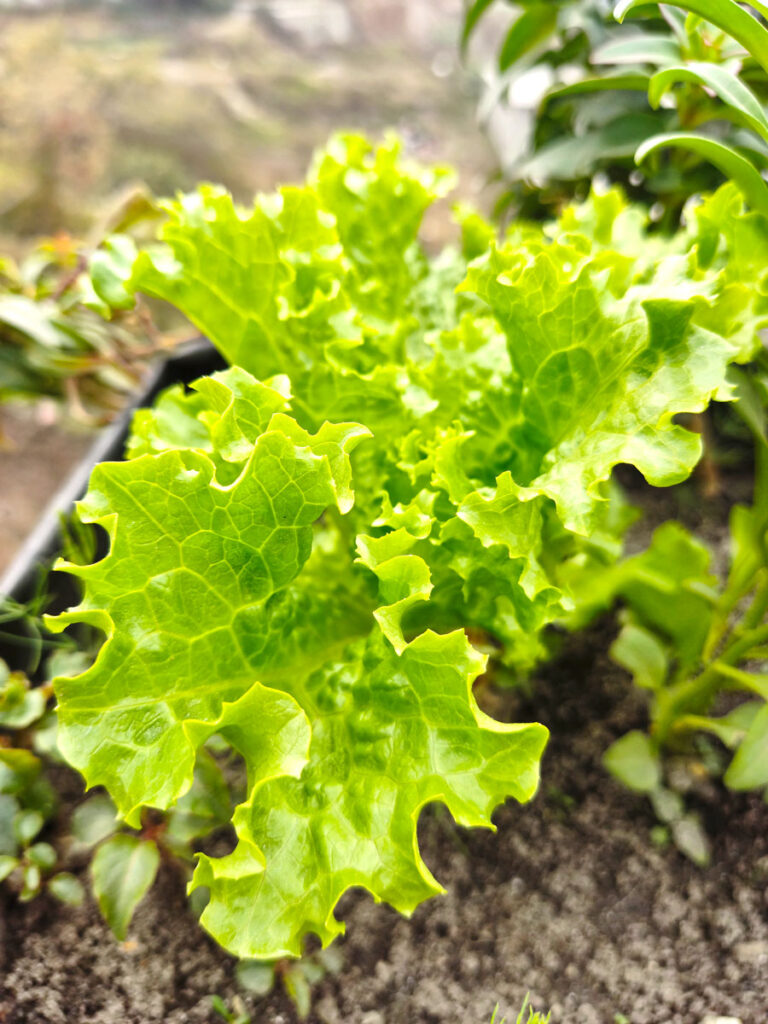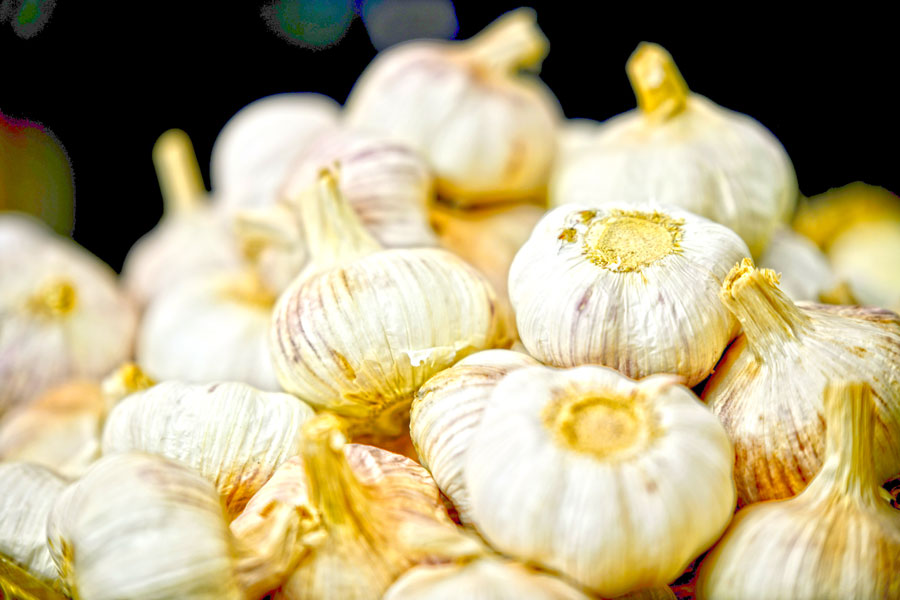This time last year I was receiving weekly enquiries about how to deal with a brown scorched lawn, strange, I haven’t had one this year. It just goes to show that the annual weather patterns vary from year to year as do our successes and failures. Personally I don’t see this as a major problem, more a pleasant surprise. Most gardeners are optimists and see the challenges as a temporary obstacle.

Over the past few years I have turned to growing salad leaves in containers rather than the traditional row of lettuce in the garden. I find them more convenient, quick to mature and rich in the range of leaves available, providing a kaleidoscope of colours and flavours. Some slightly peppery, some with a slight citrus taste they certainly brighten up your plate and excite your pallet.
They don’t take up much space and can be grown in a whole range of containers from gutters, grow-bags, pots and trays, any size to suit your situation. A pinch of seed in a 9cm (3”) pot will give you enough for one portion. The advantage of growing them in containers is that they do not suffer the slug and snail problems associated with growing them in the vegetable garden. Harvested as small leaves about 10cm/ 4 inches high, they are ready before pests have found them and with care they will re-grow two or three times, providing a new crop every two to three weeks. I sow small quantities every two to three weeks and we rarely run out of salad leaves. From May to September they are happy on an outside windowsill or if you grow in gutters fastened to a wall or fence. For earlier or later crops it’s best to grow them in a greenhouse or indoor windowsill.

When I was growing up we never used garlic, and only really came across that which grows wild (Ransoms), and even then we rarely used it. Today it is readily available and in most kitchens it is used almost daily. I remember an old gardener friend once saying’ Garlic, it builds you up physically and drags you down socially’, I guess in reference to the fact that it is good for you but a little pungent?
With the development of new cultivars we can grow it in our gardens, even in the north, the most popular being ‘Solent Wight’. They need a free draining soil, not too acid and where it will get plenty of sunshine too. Purchase garlic in the autumn, they should be in the garden centres and nurseries from this month. What you buy is a corm, just like those in the supermarkets. It is in fact a collection of individual corms connected together at the root plate. Planted directly into the garden in autumn gently break each individual corm apart and plant about 15cm (6”) apart just burying the corm so the tip is about 2.5cm (1”) below the surface. Green shoots will emerge within two to three weeks and grow steadily through autumn and winter putting a spurt on in spring before they are ready to harvest around mid July/August.
Autumn planting gives the corm a period of cold which stimulates the plant to produce a bulb comprising of individual corms. If you plant in spring then often the corm will produce one swollen bulb rather than a bunch of corms, so if you miss the autumn planting you could try in the spring.
There is still life in the summer planted containers but they will have exhausted any nutrients in the compost so it is important to keep feeding them every seven to ten days. A general purpose or home made liquid feed is fine. Pelleted or dry fertilisers will take a little more time to get to the roots so I use liquid or foliar feeds. Keep taking off faded flowers and any leaves that turn yellow. If they are becoming a little straggly, you can cut them back a little, to where there are fresh side shoots, although this will delay flowering for a couple of weeks. It may seem a little extravagant but we have two sets of planters, so that we can keep the summer displays going well into autumn, until the frosts nip them back. It also means that we can plant up the bulbs and winter bedding plants to give them a good start and simply swap them over.
If you grow tender perennials in your pots like pelargonium’s, fuchsia’s, argyranthemums and heliotropes, it’s a good idea to take some cuttings now and keep them in a frost free place. If you don’t have a greenhouse then a windowsill in a spare room is fine. It doesn’t need to be heated just frost free.
Happy Gardening, Martin
Next month, (crack on with bulb planting, pruning prickly blackberries, late season lawn care.)






